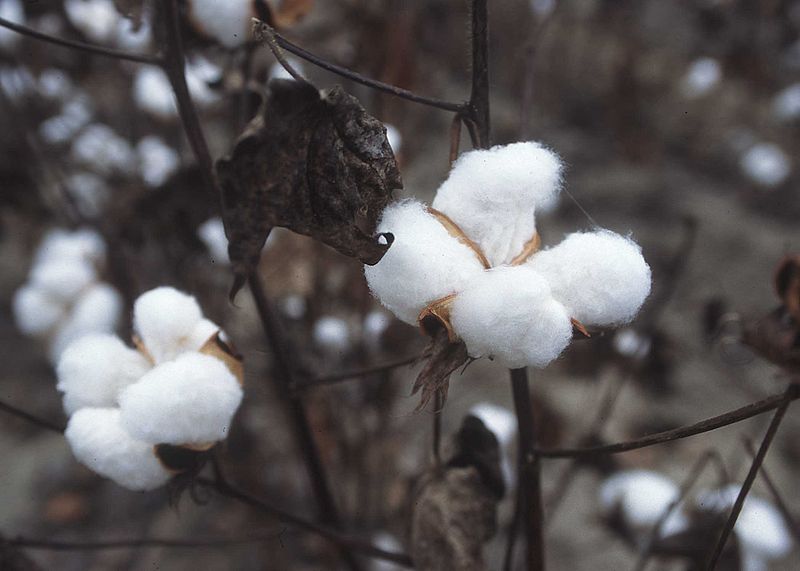
Washington DC (BBN)- Insect control of costs cotton production continue to decline, the Intentional Cotton Advisory Committee (ICAC) said.
Farmers on average spent only US$12 cents per kilogram of lint produced in 2015/16, which represents 10 per cent of the net cost of lint production, according to the latest data.
The previous edition of this tri-annual study, published in 2013, showed that a farmer spent $16 cents to produce a kilogram of lint in 2012/13. The 25 per cent reduction of insecticide costs per unit of lint produced is entirely due to more cautious use of insecticides by farmers.
“Lower spending on insecticides is one of the main factors responsible for lowering the net cost of production to US$1.16/kg in 2015/16,” the ICAC said in its latest survey.
The survey shows that insecticides comprise almost half of the spending on weed control, fertilizer costs and picking of cotton.
In 2000/01, expenditures on insect control accounted for 21 per cent of the net cost of cotton production.
Insect control costs constituted an even larger share of the production costs in the 1980s and 1990s.
The declining trend in insect control costs indicates that, in general, problems associated with insect control in cotton are being reduced around the world.
Integrated pest management strategies, including reduced chemical use, use of chemicals with reduced toxicity and persistence, use of chemicals more precisely targeted at specific pests and more efficient application methods are all contributing to a reduction in insecticide costs as a share of total expenses.
“A surge in the use of insect-resistant biotech cotton has also lowered insecticide use; about three-fourths of world cotton is now produced with varieties having insect-resistant trait,” it noted.
BBN/SSR/AD